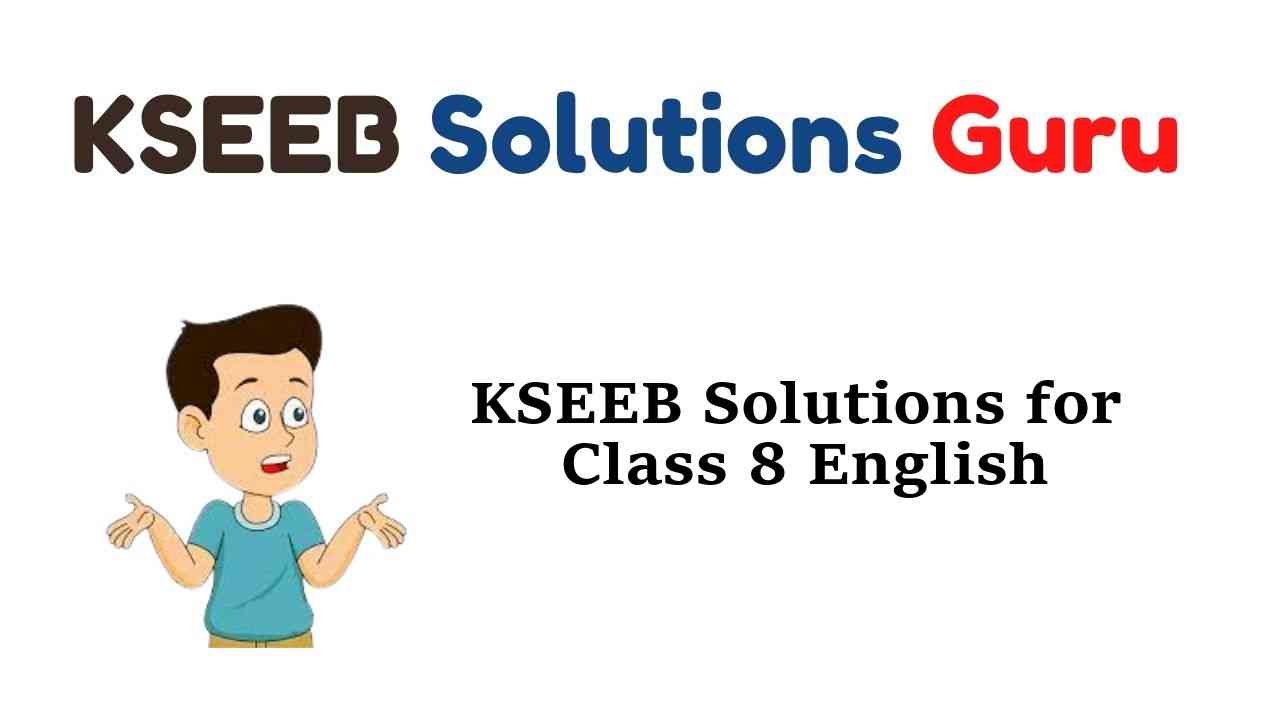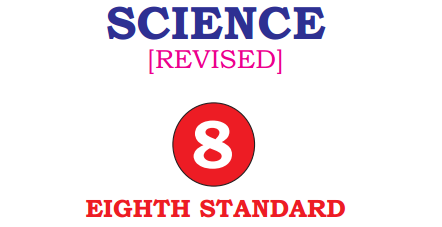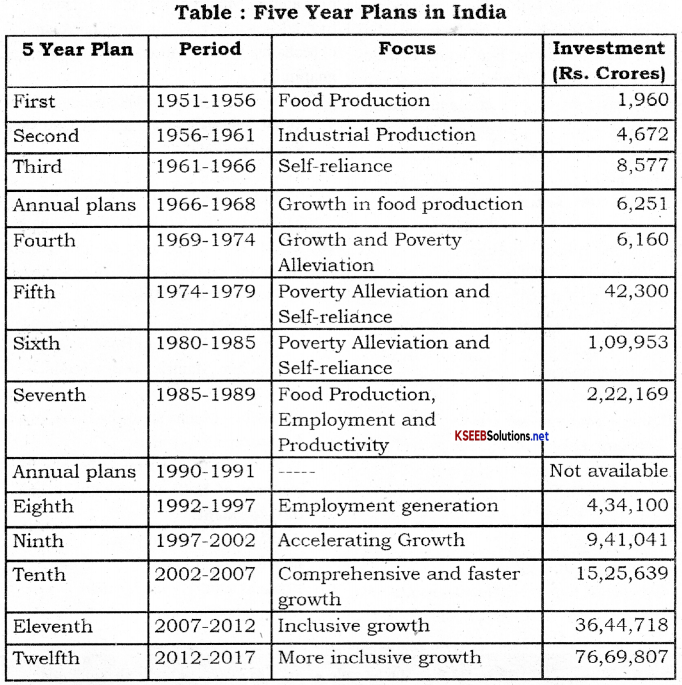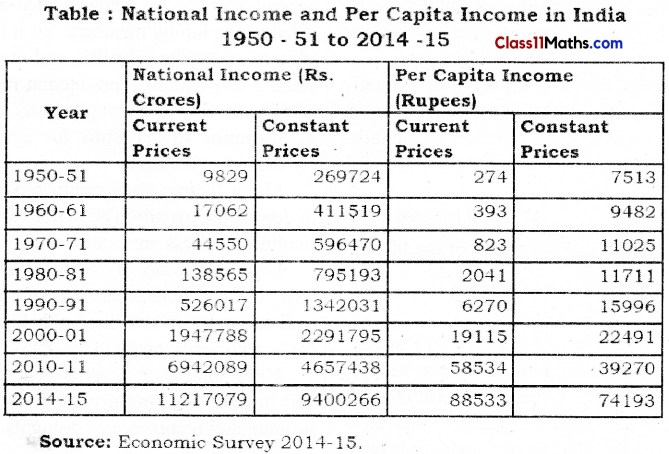Students can Download Karnataka State Board Class 8 English Solutions pdf from this article. Tap on the given link and Download Karnataka Secondary Education Examination Board Solutions for Class 8 English pdf. The Solutions of Class 8 English Karnataka State Board are prepared according to the latest syllabus. The Solutions for KSEEB Solutions Class 8 English are made by the subject experts.
Karnataka State Board Syllabus for Class 8 English Solutions (2nd Language)
These Karnataka State Board Class 8 English Solutions help to enhance the skills. Download Solutions of KSEEB Solutions Class 8 English Chapter Wise Pdf for free of cost. In this article we will share the solutions of Class 8 KSEEB Solutions English Chapter wise. Refer Karnataka Secondary Education Examination Board Class 8 English Solutions Chapter wise pdf and kickstart your preparation. You can find the best Solutions for Karnataka State Board Class 8 English Chapterwise here.
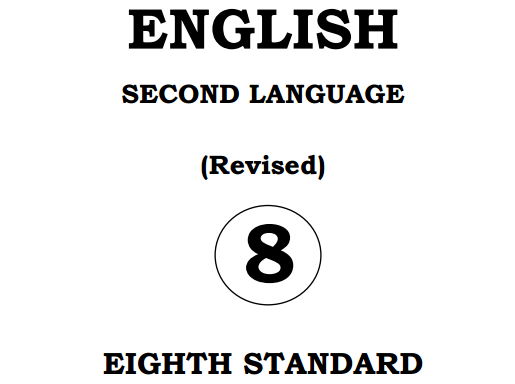
Class 8 English Prose Karnataka State Board Solutions
- Chapter 1 A Day in the Ashram
- Chapter 2 Sir C.V. Raman
- Chapter 3 Jamaican Fragment
- Chapter 4 The Boy Who Asked for More
- Chapter 5 The Swan and The Princes
- Chapter 6 All The World Her Stage
- Chapter 7 The Emperor’s New Clothes
- Chapter 8 Luther Burbank
Class 8 English Poem Karnataka State Board Solutions
- Chapter 1 Beauty
- Chapter 2 The Little Busy Bee
- Chapter 3 No Men are Foreign
- Chapter 4 For a Five Year Old Boy
- Chapter 5 Somebody’s Mother
- Chapter 6 Coromandel Fishers
- Chapter 7 Machine
- Chapter 8 The Axe in the Wood
Class 8 English Supplementary Reading Karnataka State Board Solutions
- Chapter 1 The Story of Dharmavyadha
- Chapter 2 The Earthquake
- Chapter 3 Lal Bahadur Shastry
- Chapter 4 The First Woman in Space
Karnataka State Board Syllabus for Class 8 English Solutions (1st Language)
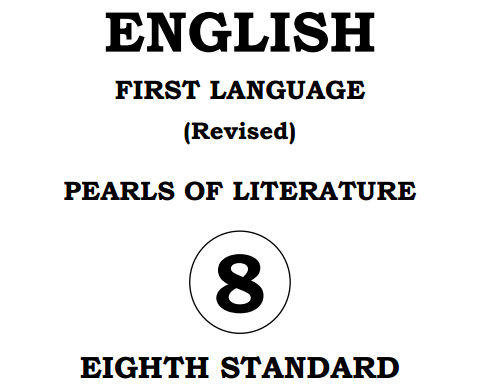
Class 8 English Prose Karnataka State Board Solutions
- Chapter 1 The Heavenly Parasol
- Chapter 2 The Boy Who Sold Wisdom
- Chapter 3 Before The Match
- Chapter 4 Anandi Gopal
- Chapter 5 A Lesson For Nakul
- Chapter 6 The Model Millionaire
- Chapter 7 The Great Sacrifice
- Chapter 8 The Woman on Platform 8
Class 8 English Poem Karnataka State Board Solutions
- Chapter 9 Benjamin Jones Goes Swimming
- Chapter 10 Leisure
- Chapter 11 After Apple-picking
- Chapter 12 Palanquin Bearers
- Chapter 13 Modern Machinery
- Chapter 14 Imagination
- Chapter 15 The Bees
- Chapter 16 The Cloud
Class 8 English Supplementary Reading Karnataka State Board Solutions
- Chapter 17 King Sindbad and His Falcon
- Chapter 18 The Broken Gate
- Chapter 19 The Miser
- Chapter 20 Study Skills
- Paragraph Writing
- Letter Writing
- Comprehension Passages
Keeping all your needs in mind we have prepared the solutions for Karnataka State Board Class 8 English. Download KSEEB Solutions Class 8 English Solutions Chapter wise and start preparing now. Stay with us to get the fastest updates about the Karnataka Secondary Education Examination Board Class 8 Solutions for English Chapter Wise.
